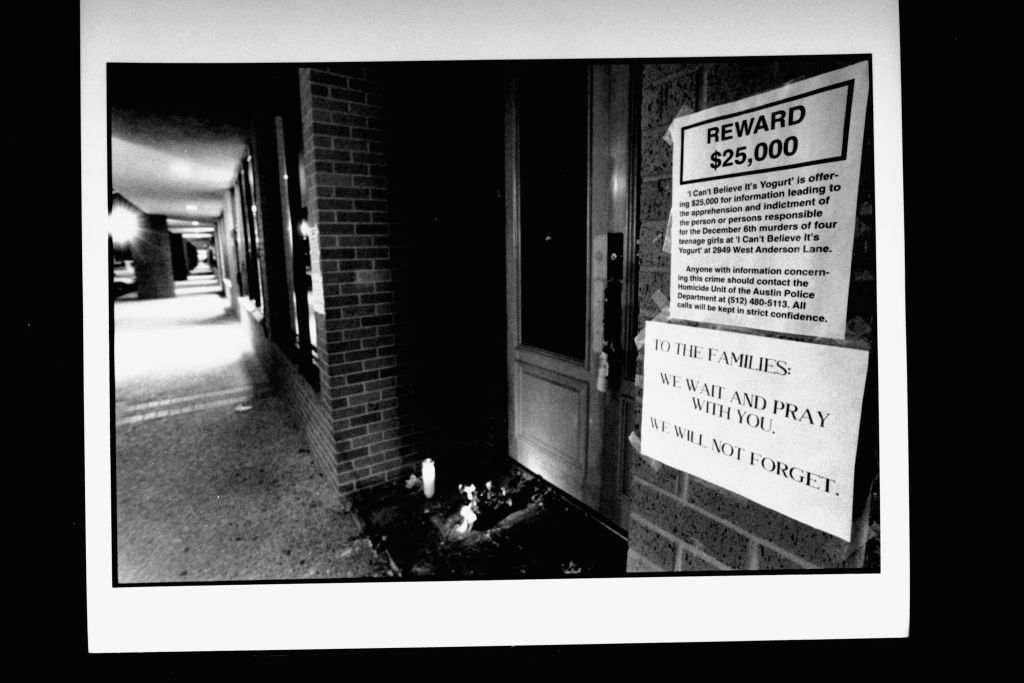The notorious 1991 yogurt shop murders in Austin, Texas, have finally been solved. DNA evidence has identified Robert Eugene Brashers, a deceased serial killer, as the perpetrator. Brashers, who died by suicide in 1999 during a police standoff, has now been linked to the killings of four teenage girls—Amy Ayers (13), Eliza Thomas (17), and sisters Jennifer (17) and Sarah Harbison (15)—who were bound, shot, and set on fire in the “I Can’t Believe It’s Yogurt!” shop.
The breakthrough comes just weeks after the release of the HBO docuseries The Yogurt Shop Murders last month, which revisited the cold case. The series ended on a haunting note, leaving viewers with the uncertainty of an unsolved crime. Now, modern DNA technology has provided the long-awaited conclusion, allowing families and the Austin community some resolution to their haunting history.
Investigators matched DNA from a bullet casing at the crime scene to Brashers, whose criminal record includes multiple murders and sexual assaults across several states. Previous arrests in 1999 led to convictions that were later overturned, and the case remained cold for decades.
Police confirm that no additional suspects are being pursued, officially closing the case. Authorities praised the persistence of investigators and the role of advanced forensic science in finally solving one of Austin’s most infamous crimes.
The murders, which shocked the city and inspired widespread media coverage, now conclude a tragic chapter. The combination of decades-long investigative work and cutting-edge DNA technology demonstrates how cold cases, even after decades, can ultimately be solved and provide closure for the still-grieving families of the victims.


